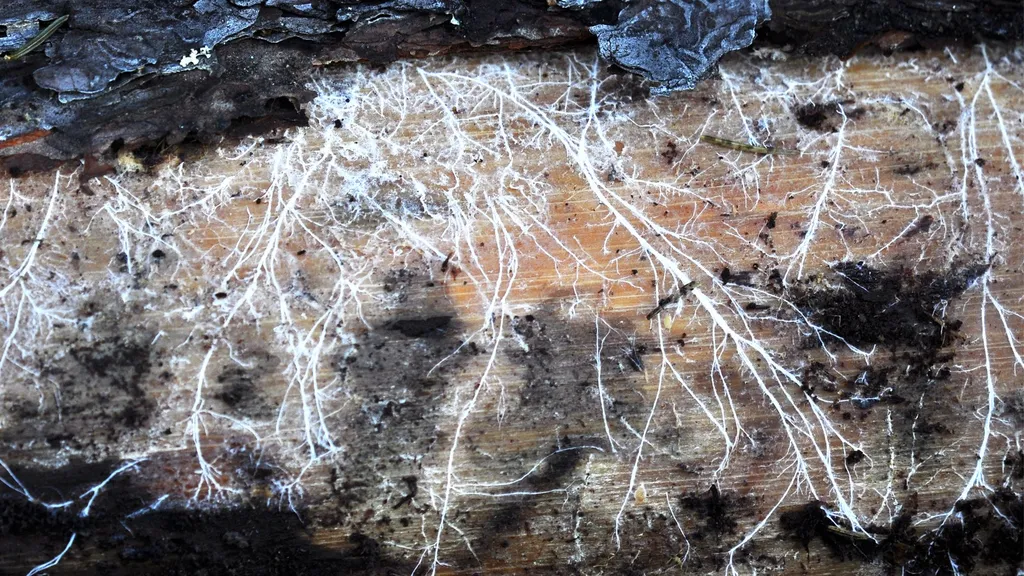In the heart of northern Italy, a storm-damaged forest has become the testing ground for a revolutionary approach to habitat restoration, one that could reshape how we think about conservation and sustainability. At the center of this innovation is Dan Parker, a researcher from the Melbourne School of Design at the University of Melbourne, who has developed a lifecycle-based design approach to create artificial tree hollows that are both environmentally friendly and cost-effective. His work, published in the journal *Conservation Science and Practice* (translated to English as *Conservation Science and Practice*), offers a compelling narrative for professionals in the energy sector and beyond.
Parker’s research addresses a growing problem: the increasing reliance on nest boxes to mitigate the impacts of development, forestry, agriculture, and extreme weather events. While these artificial hollows are commonly used in conservation efforts, their effectiveness and durability have often been uncertain. “The challenge has been to create designs that consider environmental, logistical, and economic factors over long periods,” Parker explains. His solution integrates knowledge of how natural hollows form and persist with analyses of how artificial structures function over time.
The case study in northern Italy focused on the boreal owl (Aegolius funereus) as the target species. Parker’s team assessed the impact of supplying artificial hollows for 50 years at 741 nesting sites, comparing prototypes made from laser-cut plywood, 3D-printed plastic, and mycelium blocks. The results were striking. Mycelium, a sustainable material derived from fungi, offered the most environmentally friendly option, reducing carbon emissions by 75%, energy consumption by 78%, and waste generation by 81%. However, this sustainability came at a cost—literally. Replacing plastic with mycelium would increase monetary costs by 15.5%.
Parker’s findings highlight the environmental trade-offs of different design choices. “Our analysis shows that while mycelium is the most sustainable option, plastic remains the most cost-effective over time,” he notes. Plywood, on the other hand, incurred costs similar to plastic and mycelium but would require substantial design and manufacturing improvements to compete effectively in other criteria.
The implications of this research extend far beyond the forest of northern Italy. For the energy sector, the insights could guide the development of sustainable conservation strategies that balance environmental impact with economic viability. As the world grapples with the challenges of climate change and biodiversity loss, Parker’s lifecycle-based approach offers a promising path forward. “This research clarifies the environmental trade-offs of different design choices and could guide the development of sustainable conservation strategies in other ecosystems,” he says.
In a world where sustainability and cost-effectiveness are increasingly intertwined, Parker’s work serves as a beacon of innovation. His research not only sheds light on the complexities of habitat restoration but also paves the way for future developments in the field. As we strive to create a more sustainable future, the lessons from this storm-damaged forest could very well shape the way we approach conservation and sustainability for years to come.

